Happy Oscar Sunday! Getting my hair blown-out (goodbye mop-top) and heading to an Oscar party. Don’t have to debate over my ballot because I’m lifting the favorites from U.K. oddsmaker Ladbrokes, as listed by Joe Morgenstern in Friday’s Wall Street Journal. Cheers, Joe.
I will be tweeting throughout the show. Meanwhile, here are “my” picks:
BEST SUPPORTING ACTRESS: Melissa Leo, “The Fighter”
BEST SUPPORTING ACTOR: Christian Bale, “The Fighter”
BEST ACTRESS: Natalie Portman, “Black Swan”
BEST ACTOR: Colin Firth, “The King’s Speech”
BEST ORIGINAL SCREENPLAY: “The King’s Speech”
BEST ADAPTED SCREENPLAY: “The Social Network”
BEST CINEMATOGRAPHY: Roger Deakins, “True Grit”
BEST DIRECTOR: David Fincher, “The Social Network”
BEST PICTURE: “The King’s Speech”





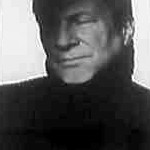
![cats-in-sink[1]](http://www.filmnoirblonde.com/wp-content/uploads/2011/02/cats-in-sink12-300x226.jpg)
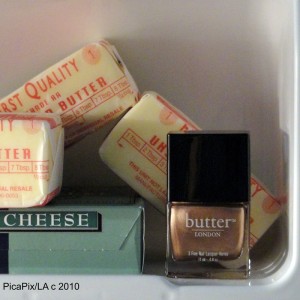

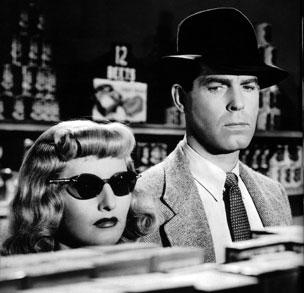
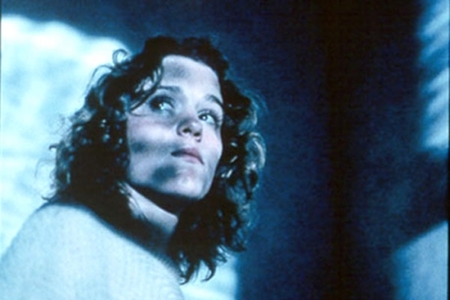
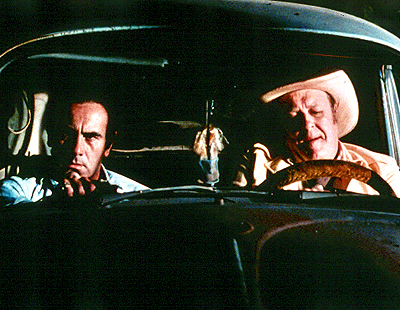
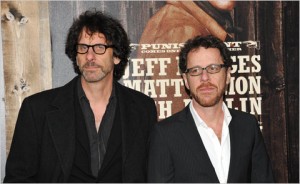
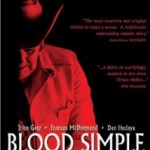
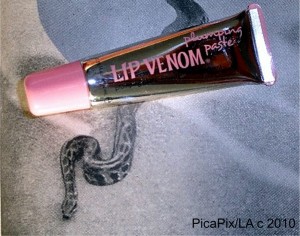
![edmond_obrien[1]](http://www.filmnoirblonde.com/wp-content/uploads/2011/02/edmond_obrien1-150x150.jpg)
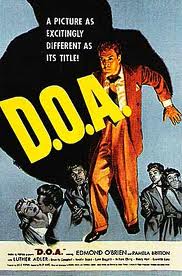
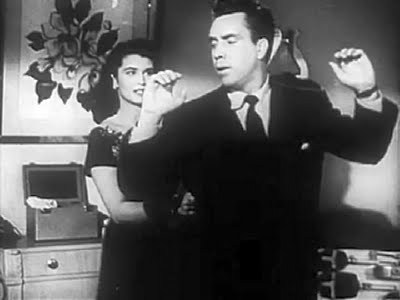
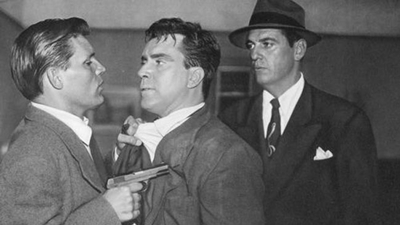
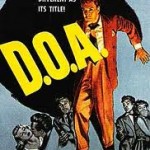





From FNB readers